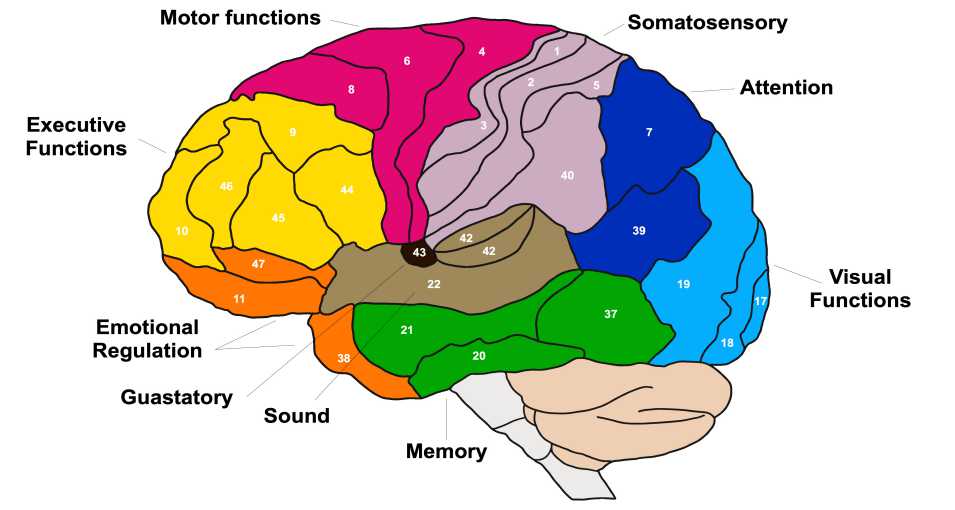Biofeedback Vs Neurofeedback; Often, clients need clarification about the difference between biofeedback and neurofeedback. Both are used to treat physical and mental conditions. Both have their advantages and disadvantages. It’s important to distinguish between the two. This will help you decide which treatment will work best for you.
What is Biofeedback?
Biofeedback Vs Neurofeedback; Biofeedback is a therapy that teaches people how to self-regulate the function of their brains. The goal is to reduce the symptoms of a disease or disorder. Usually, this involves using an electronic device to monitor the body’s activity. The device then feeds back information to the body.
Biofeedback has a great deal of potential for use in treating many conditions. It’s typically free of side effects and it can speed up healing.
Related Article: Benefits Of Quantum Neuro Reset Therapy
What is Neurofeedback?
Biofeedback Vs Neurofeedback; Neurofeedback is similar to biofeedback, but it focuses on the subconscious. This is a good approach for disorders that traditional therapies, such as chronic pain can’t control. It can also be helpful for disorders like anxiety and depression.
Using neurofeedback helps rebalance the brain’s activity. It also can teach people to recognize specific brainwave ranges. This may help alleviate symptoms and improve physical performance.
Unlike biofeedback, neurofeedback is involuntary. In this procedure, the patient is positioned such that sensors can be attached to various parts of his or her body. They are then able to measure involuntary functions in real time. This allows the patient to learn to self-regulate and take action to achieve symptom relief.
Biofeedback vs Neurofeedback
Both biofeedback and neurofeedback have their own advantages and disadvantages. For example, biofeedback is typically more effective for treating physical conditions, while neurofeedback is more effective for mental health issues. Biofeedback also has a faster and easier process, so a client can often see results in just a few sessions. Neurofeedback takes longer to understand.
Both treatments involve measuring brainwave activity in real-time. Neurofeedback is most effective when the patient is able to learn how to recognize and control specific brainwave patterns. The goal is to bring the brainwaves into balance, bringing them closer to optimal ranges.
During neurofeedback, the patient can receive positive reinforcement for brainwaves that are within the optimal range. In contrast, a negative reward is given to brainwaves outside the optimal range. This helps rebalance the brain’s natural rhythms.

Biofeedback is more closely aligned with talk therapy, counseling, and coaching. In addition to teaching the brain and body how to self-regulate, biofeedback also gives a client a better sense of their physical and emotional states.
It can be used to help retrain cognitive behavior. In addition, biofeedback is considered safer than conventional treatments. However, it can have its drawbacks, and clients should consult a therapist before using it.
It’s important to note that a number of different devices can be used for biofeedback vs neurofeedback. The most common types are linear, Dynamical(r), and fMRI. Simple devices can also be used outside of the office setting. Depending on the needs of the client, some practitioners will recommend using both treatments in conjunction with each other.
Related Article: Cognitive Behavioral Therapy NYC
